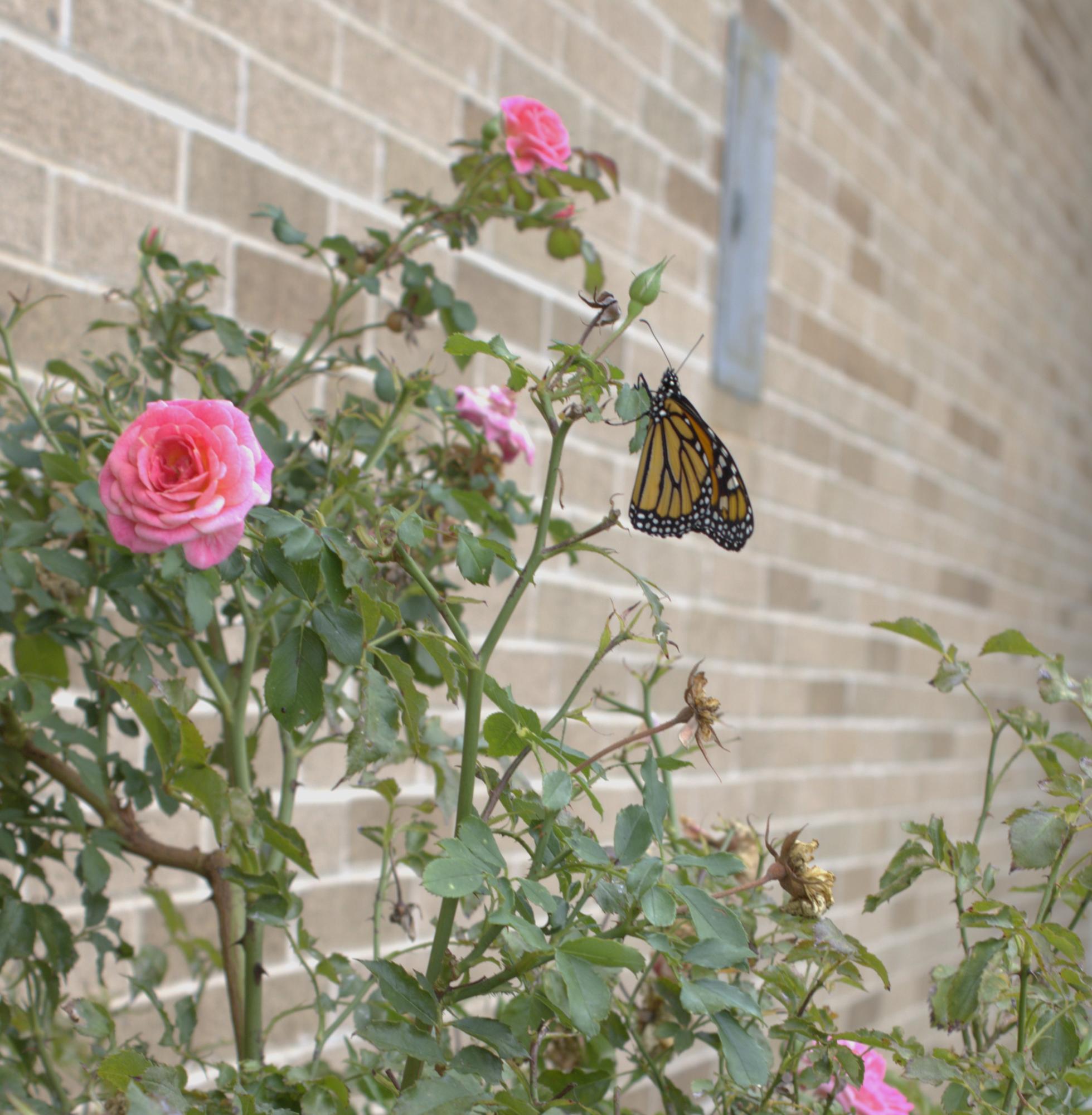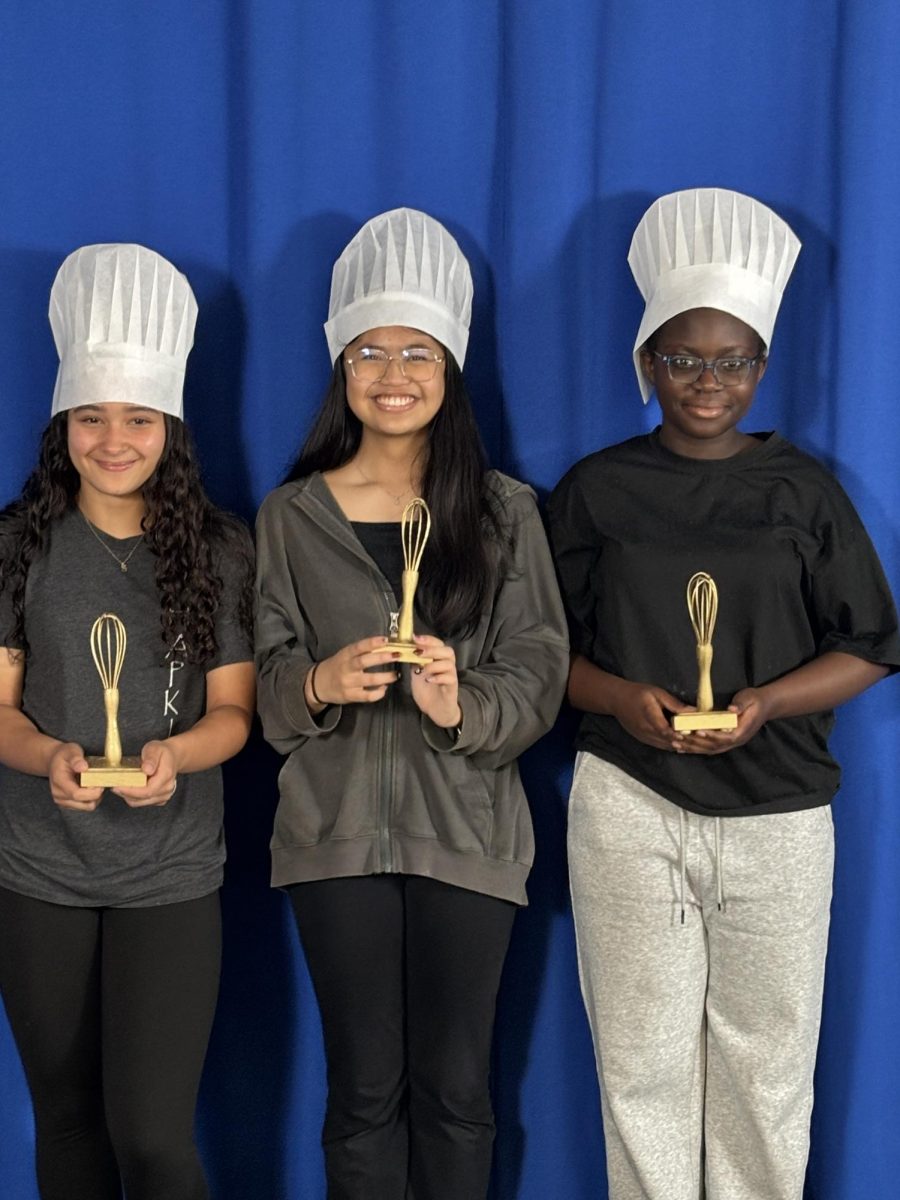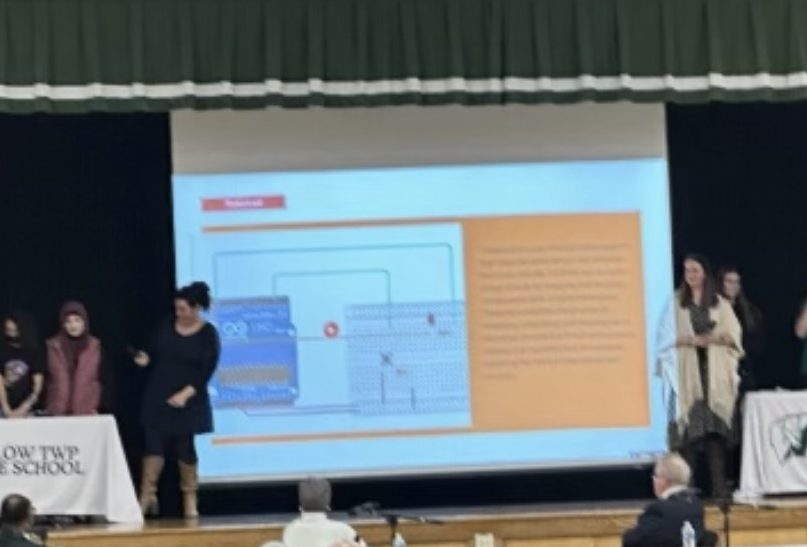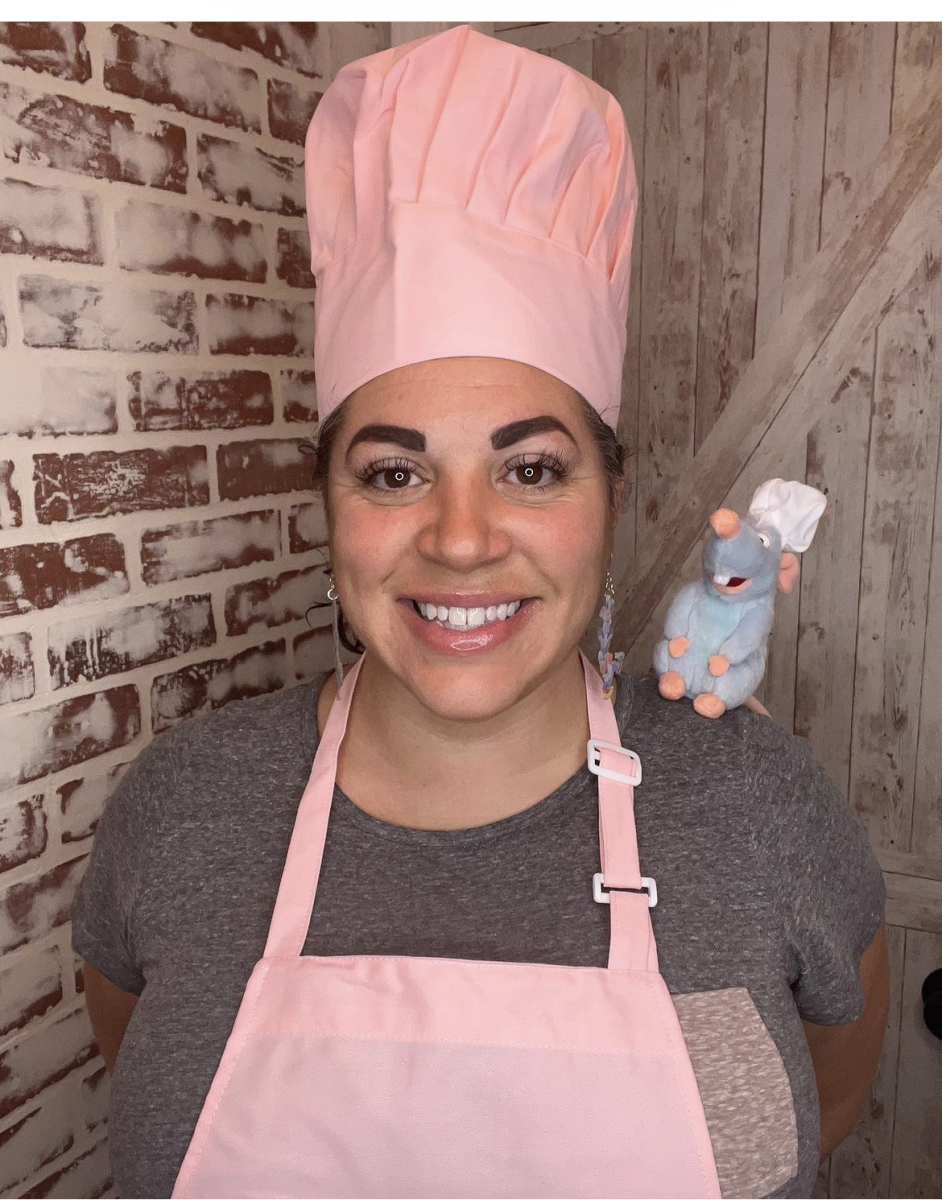
On Monday, October 7, In Ms. Kiett’s Environmental Stem Class, something very special happened. The Environmental Stem class released Butter the Butterfly (formerly, Butter the Caterpillar)” into the WTMS garden.
The process that Butter went through was long and detailed. With the help of Ms. Kiett’s Environmental Stem class, Butter’s transition was a smooth one. The students provided nourishment with resources from the WTMS pond and Bernzomatic Garden.
Rayal Nettles, second year Environmental Stem student explains, “Butter nourishes his body in a very interesting way. He nourishes his body from nectar from flowers such as milkweed. Milkweed is a common food source for Butter and other monarch butterflies of that species. Milkweed is grown by scattering sow milkweed seeds on a soil surface. We provide this nourishment from the garden by picking up nice healthy plants and flowers for Butter. We make sure that the food he eats is healthy for his body. Butter eats a lot of healthy food sources to keep him thriving as a monarch butterfly.”
Rayal continues, “The process Butter is going through as a butterfly mainly deals with migration to the southeastern areas in and over America. Butter goes through a cycle all butterflies go through. (egg, larva, pupa, and adult stage) Then, after Butter goes through the butterfly cycle (metamorphosis), he prepares for its journey to the southeast areas. The way Butter prepares for his migration is by nourishing his body with food sources such as milkweed and other nectars from flowers. Butter then migrates all the way to the southeastern areas in/over America. He will try to migrate to the Southeastern Warm locations but he won’t make it there. The generations after him will arrive at those locations and generations after that will arrive back here.
Other than Butter in the butterfly exhibit, Environmental Stem students have been learning some interesting topics. The students have been learning about how to use aquaponics and hydroponics.
Autumn Gabehart, second year Stem student describes, “We have been learning and experiencing a lot of new things this year in Environmental STEM. For example, we have been learning how to use aquaponics and hydroponics. Hydroponics do not use any soil to grow the plants. Instead, they use water and rock wool to give the plants their nutrients and help them grow. We have also been setting up aquaponics in our classroom. The aquaponic uses a recirculating system to turn the fish waste into nutrients for the plants. A new experience we have had was actually very recent. We learned and were shown how to feed and take care of a monarch butterfly. Though I have learned a lot last year, I’m still very excited to learn and experience more new information this year.”
Students in Environmental Stem are excited to learn more fascinating topics as the years take them.



